Despite being a century-old philosophy, in the Western world, Tantra has become increasingly popular in the last few decades.
You may have heard the word Tantra in the media (with a meaning generally related to ecstatic tantric sex, open relationships and multiple orgasms) or in spiritual circles (where it can have different overtones: connection, celebration, intimacy, transcendence, divine consciousness and so on).
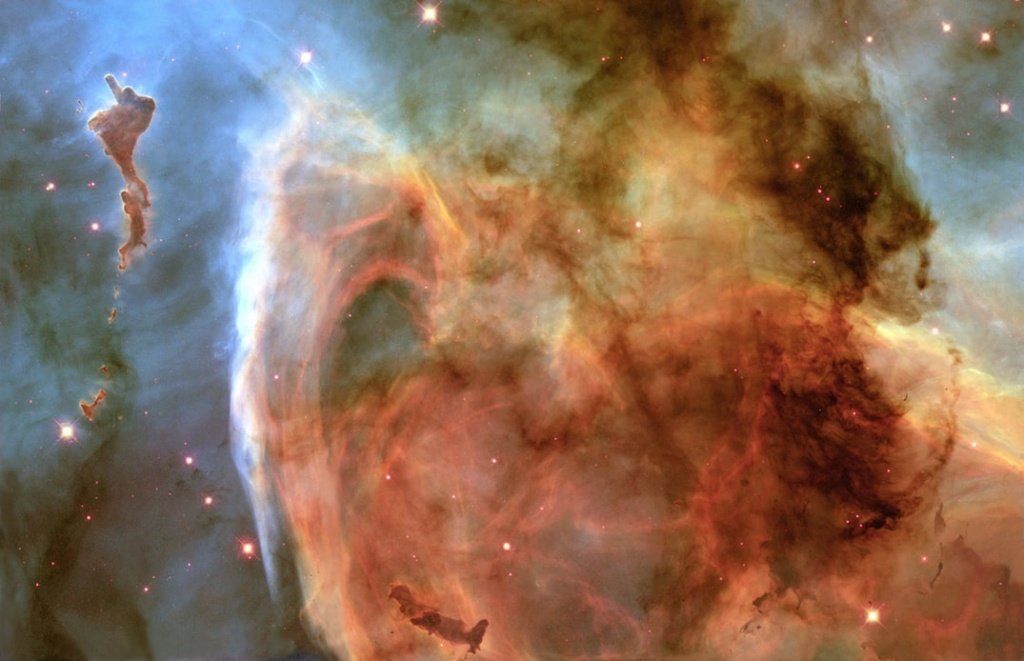
What is certain is that there is still confusion regarding the Tantra definition and scope, with many misconceptions and misunderstandings, fake Tantric gurus and a lucrative business for some people without scruples.
This is why we would like to shed some light on Tantra, rediscovering its original meaning and show you how this ancient Eastern knowledge can make every day of your life blissful.
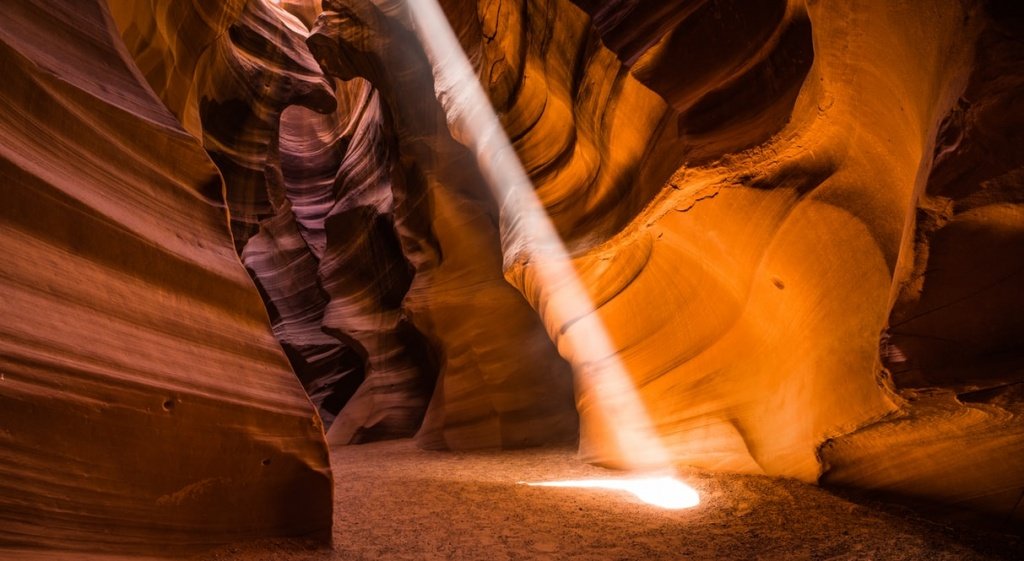
The origins of Tantra
Tantra originates in the ancient Eastern world, in particular in India, though it is hard to define a specific epoch or founder.
Representations of the sacred union of the feminine and masculine energy date back to the Indus Valley Civilisation (2000 BC) but scholars consider that the two main strains of Tantra (Hindu Tantrism and Tibetan Tantrism) emerged between 300 and 400 AD.
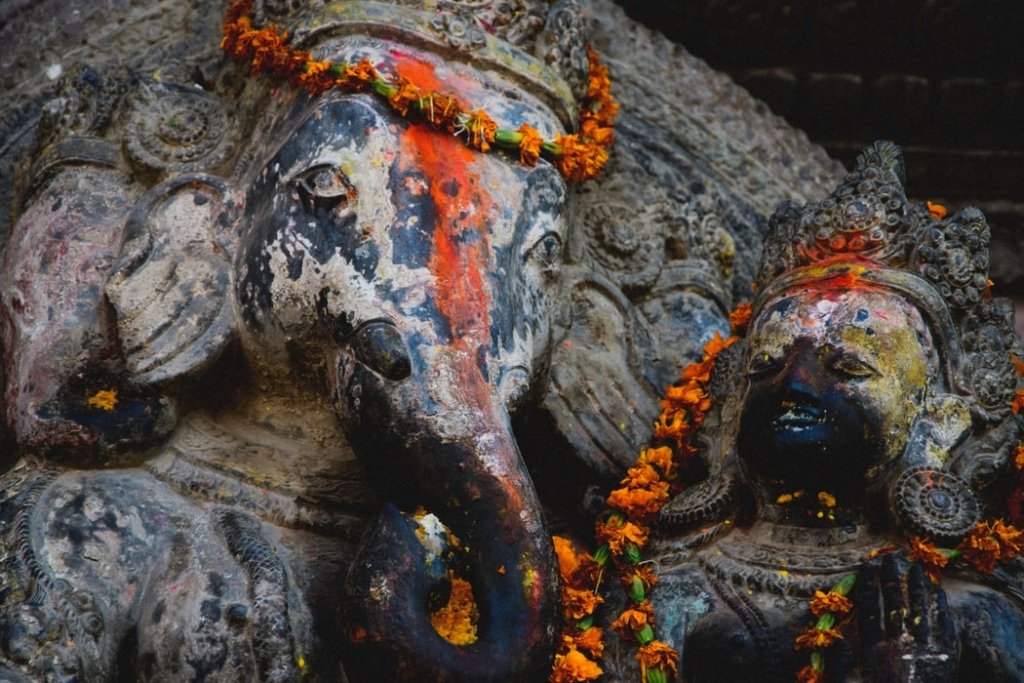
Tantra was widely practiced in India between the 11th and 12th centuries. As opposed to Classic Yoga teachings, Tantric teachings refuted the idea that Moksha (liberation) could be attained only through rigorous asceticism and by renouncing sensual pleasures.
Tantrikas (tantric yogis) believed that most human suffering arises from the mistaken concept of separation and advocates instead the celebration of senses and mundane life.
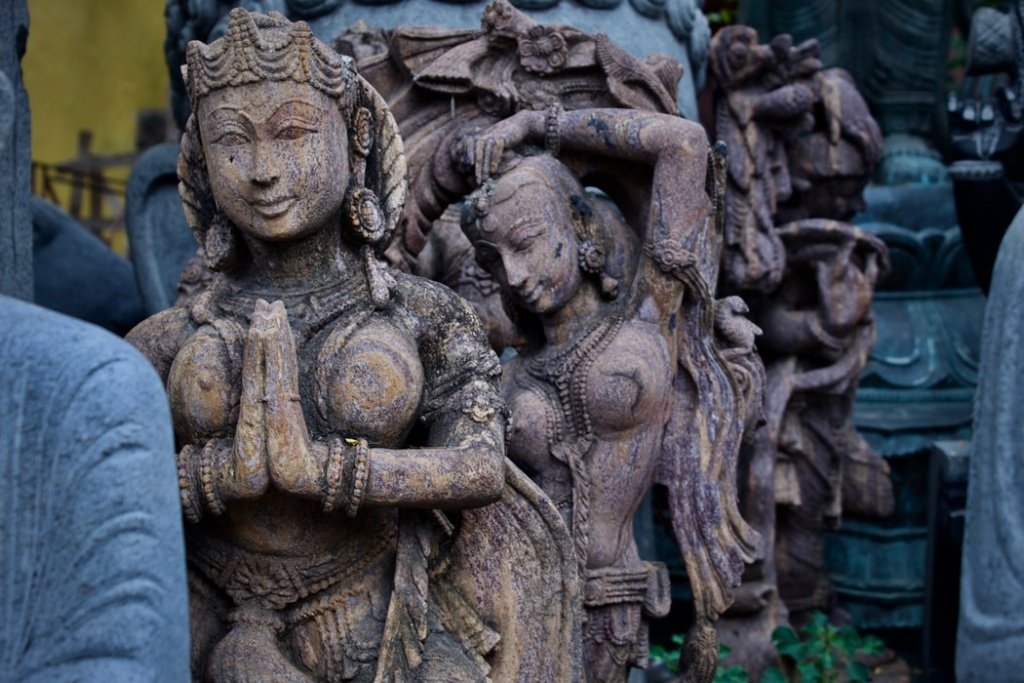
Most of the manuscripts were lost with the invasion of India in the 13th century. Tantric Buddhism survived in the Tibetan monasteries. After the Chinese invasion, Tibetans monks decided to spread this knowledge instead of keeping it.
Tantrism greatly influenced many religions and spiritual traditions, including Shaivism, Buddhism, Vaishnavism, and Jainism. This proves that Tantra is a universal method that could be practiced by anyone, even in daily life, with no divisions of caste.
The meaning of Tantra
In Sanskrit, the term Tantra literally means “loom, warp, weave” but in the Indian tradition is regarded as “text, theory, system, method, instrument, technique or practice”.
Therefore, we could infer from the ancient texts that the meaning of Tantra implies “interweaving spiritual traditions and tantric teachings into a text, technique or practice”.
This vague definition left a vast blank space filled by multiple interpretations in different epochs and traditions, including misconceptions due to the highly-metaphorical language used in ancient texts (to prevent the uninitiateds from applying its principles in the wrong way).

The word interweave is the key to understanding the real meaning of Tantra. As many Tantric texts put it: “Nothing exists that is not divine”.
Everything is interconnected and is a manifestation of the divine energy that rules the whole universe. It is the dance of the by-polar energy of Shiva and Shakti, the masculine and feminine archetypes, the Sun and the Moon, night and day, life and death.
This duality is found in everything that exists in nature, it’s a never-ending cycle that remains in balance.
This is why a deep understanding of reality reveals that there is actually no duality, these two poles are the two sides of the same coin.

Tantra can be seen as the ultimate self-realization tool to expand consciousness and experience this unity, eventually liberating ourselves.
Since everything has a divine nature, so do we. Every aspect of life, including the senses, must be celebrated because it is part of this divine vision.
Nothing should be condemned because it is all part of this design, and that should be exactly the way it is.
Working, eating, and lovemaking can be contemplated to understand the undifferentiated nature of existence. They become a form of meditation. In this sense, tantra breaks with the old division of spiritual and mundane levels.

Tantra is a practical method, based on experience, devotion and rituals.
Experience is needed because the realization of our divine nature cannot only be understood with our minds but it has to come through our direct experience involving our bodies, our senses, and our emotions.
Devotion is addressed to life and all its expressions, not to some deities.
Rituals help us to connect with the divine, to see the magic in every little thing, and to celebrate this gift of existence we were given.
Though Tantra is a non-dogmatic system that can easily adapt to different epochs, contexts and people, rituals are there also to remind us of the path to self-realization because as humans we easily lose this path and indulge in pleasure without a direction.
Tantra and sex
Since everything has a divine nature, even our sexual energy is there for a reason.
In Tantra, the physical body is celebrated as a living temple and lovemaking can be used as a tool to transcend the physical level and reach this blissful state.
Even though the common Western interpretation of Tantra is strongly linked to amazing sex, the majority of Tantric teachings do not refer to sexuality.
Even so, the use of sex to reach higher states of consciousness does not define Tantra. It is one of the tools available to reach a much higher goal, it is an instrument for spiritual growth.

So, why in common Western understanding, is tantra simplified as “great sex”?
The rise of Tantra in Western society dates back to a few decades ago, when “spiritual travelers ” searching for the ultimate truth or a guru to worship visited India and to their shock, they witnessed rituals and practices that were far from their (mostly Christian) education.
They took what was convenient (the sexual energy and practices part) and left behind all the rest of tradition, knowledge, context and meaning which probably required some more intense effort.
Traditional types of Tantra
There are three traditional forms of Tantra practice each with its peculiarities.
The monastic tradition
Practiced mainly by Buddhist monks in the monasteries, it is the “literate version”, in which the practitioners received their initiation into a textual lineage, studying ancient Tantric texts.
They carry out sacred rituals as offerings such as singing mantras, drawing mandalas and performing fire pujas (ritual prayers).
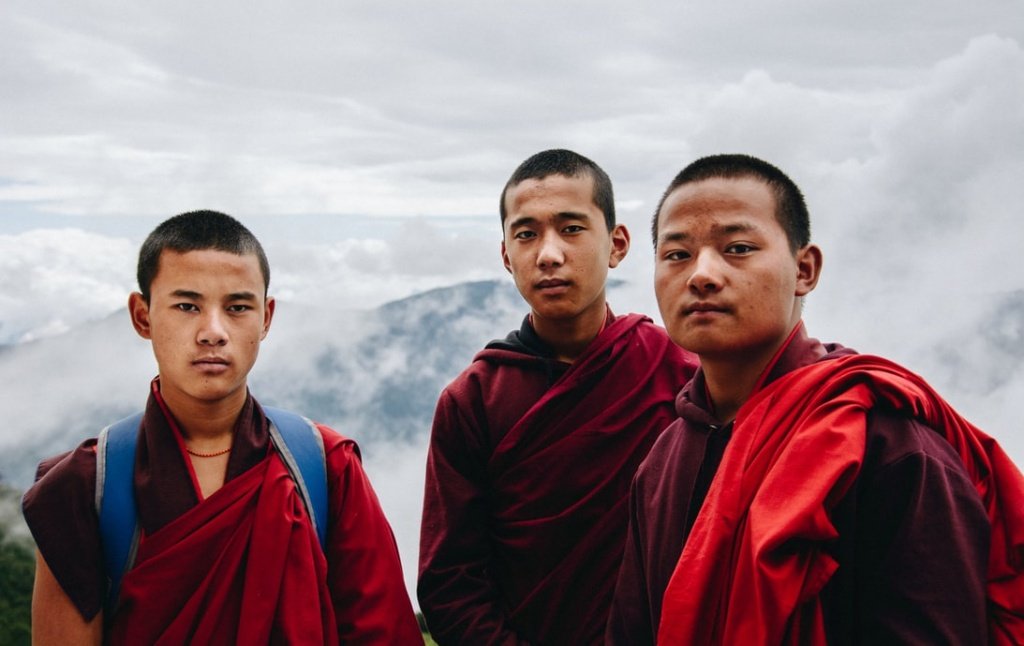
The wandering yogis tradition
Practiced by the Mahasiddha people who lived in the forests and caves of northern India in ascetics-like meditation interrupted only by regular tantric feasts (ganachakra) during which they celebrated all pleasures of senses including dancing, singing, sex, alcohol and meat.
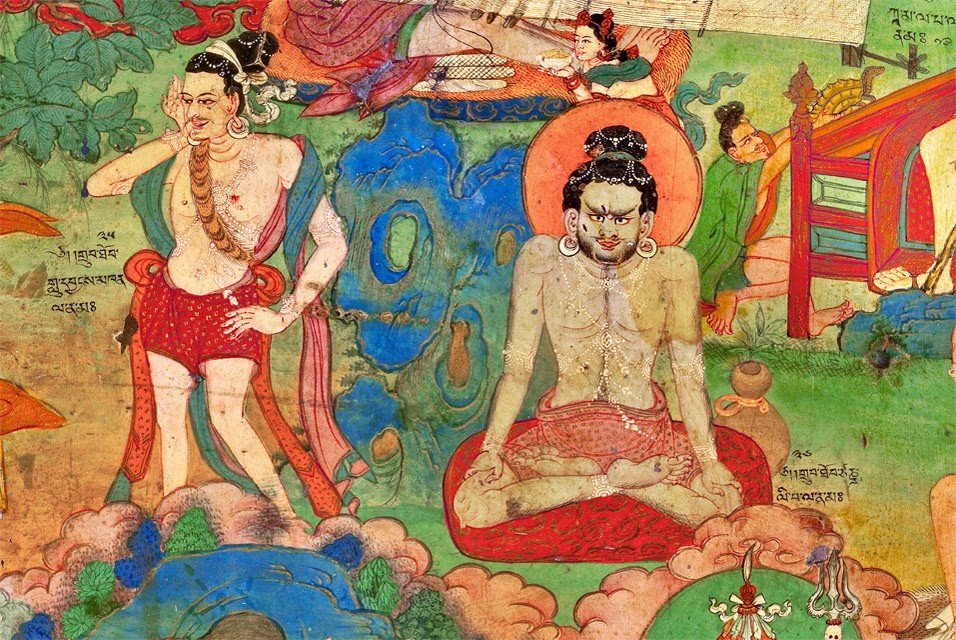
The householder tradition
The biggest portion of Tantrikas are lay practitioners, even today. It is the celebration of every instant of life. It is the ability to apply the Tantric non-dual principles to ordinary activities, being able to see unity, magic, the divine nature of things, people and animals.
It is about living in communion with the universe, with detachment and presence, when washing dishes, going to work, talking to someone, making love, and meditating.
The paths of Tantra
In a modern Tantric classification, Tantra is divided into two main branches.
Practitioners who use their own sexual energy, mostly internally, are defined as the “right-hand” or “white Tantra”. This path includes traditional Hindu practices such as asceticism and meditation.
Tantric traditions and practices can be found today in the Tibetan Buddhist tradition, in Kundalini and Kriya yoga, all of which are right-handed paths.
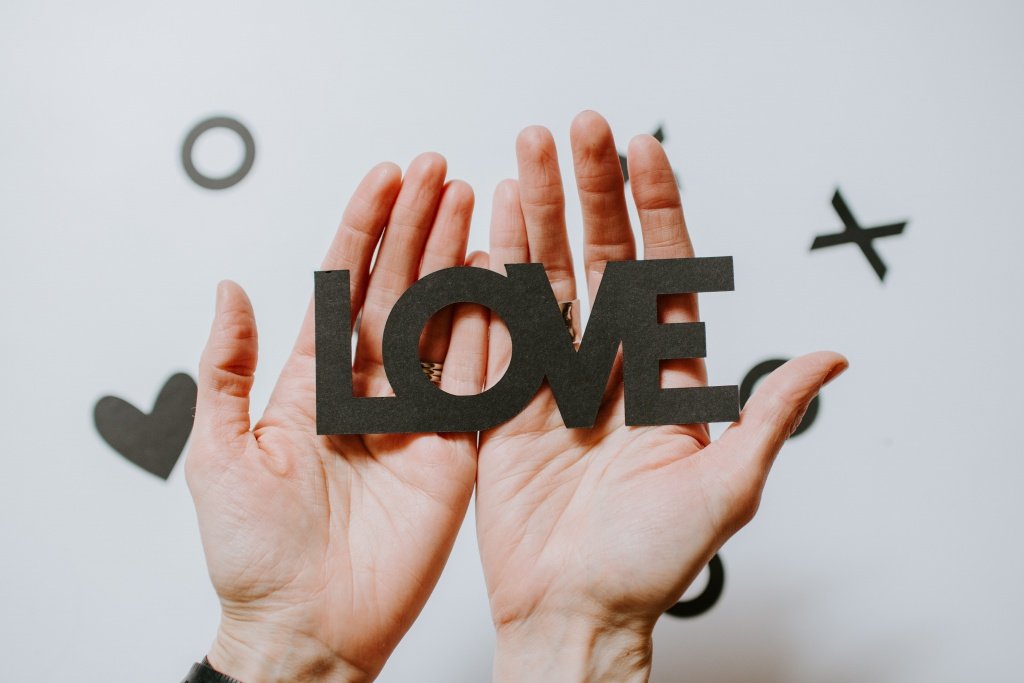
The other path, the “left-hand” or “red Tantra” involves direct sexual contact between love partners, the use of alcohol and other intoxicants.
All of the above clashes with traditional Hinduist principles. The Tao Tantric tradition is an example of a left-handed path that survived the centuries almost unmodified.
While both paths can lead to Moksha (liberation, enlightenment), the left-hand path is considered to be faster though more dangerous.

Tantra meditation and practice
A wide range of Tantra meditations, tantric practices, therapies, massages and workshops have sprung from the tantric tradition’s paths, both right-hand and left-hand.
The borders of this ensemble of techniques are very hazy, giving life to many new-age methods. It’s easy to get lost in blurry definitions which manipulate in creative ways terms such as Tantra, Yoga, Chakras, Energy and so on.
It is hard to say what originated directly from traditional Tantra and what substantially deviated. At Samma Karuna we offer a selection of heart-oriented Tantra workshops which you can try to find yours!

Many of these tantric practices revolve around the concept of Kundalini energy, a powerful life force normally referred to as a serpent located at the base of the spine which is normally dormant.
When it is awakened it can bring enlightenment or simply make your life more blissful.
Controversial Indian guru Osho developed many different active meditations (as opposed to sitting) which aim at stimulating this energy and opening the chakras (energy centers) to let this energy flow freely throughout the physical body.
One of the most popular is Osho Kundalini meditation, also known as “shaking” meditation, in which the practitioners are guided by music through 4 different stages which include shaking, dancing, sitting, laying down.
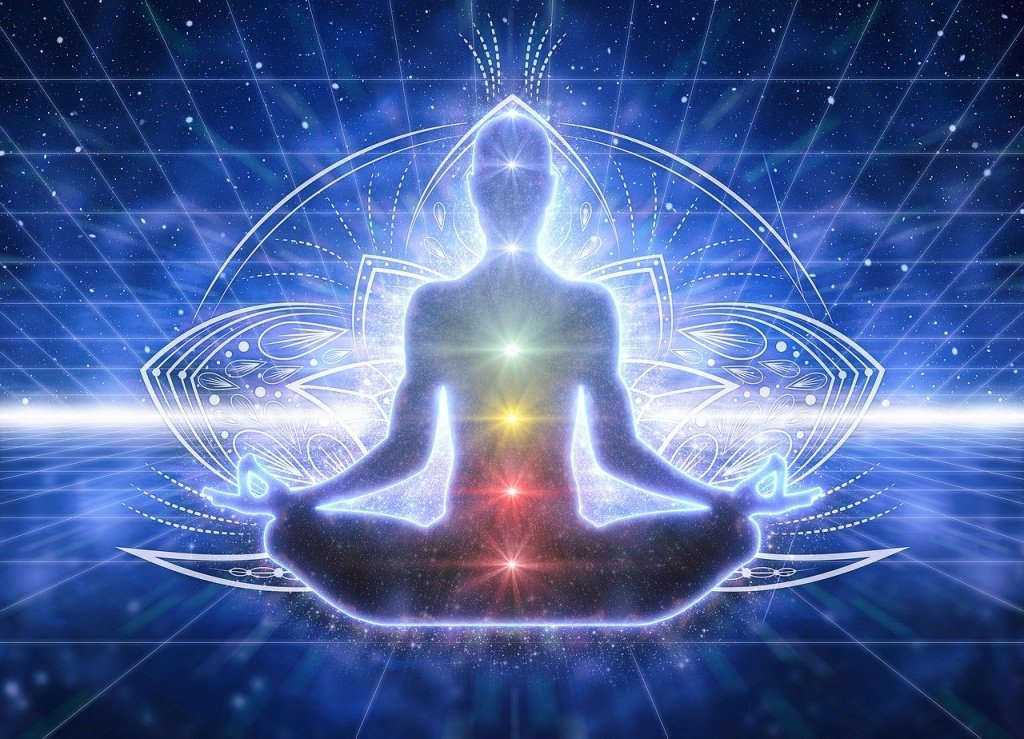
Other techniques based on Tantra such as Biodanza or Biodevelopment create Tantra sessions or classes that include movements, emotions, music, touch, and partner exercises to create meditative states, regression, ecstasy, deep connection with oneself, other participants, and the universe.
Each class is different and may focus on different aspects of your general well-being such as affection, vitality, creativity, sensuality, and transcendence.
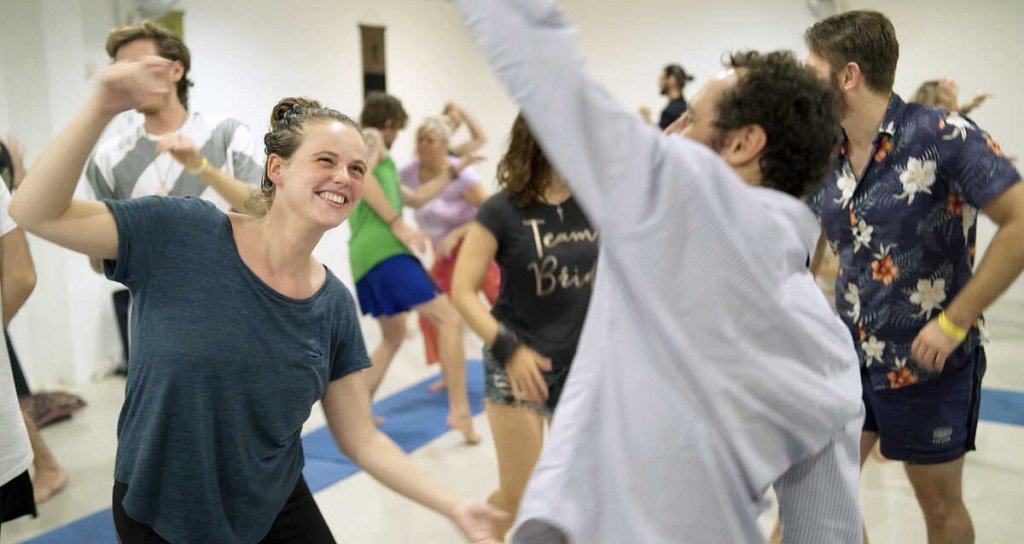
Other meditations involve the use of breathing exercises (pranayama) to create e circuit of energy between the front side of the body and the spine, passing through the pelvis (Swadhisthana chakra) and the head (Ajna chakra or third eye).
Some techniques such as the Microcosmic orbit derive from Qigong and are used to cultivate this energy (Qi or Prana) and circulate it through these two channels which are bridged in the mouth touching the tip of the tongue to the palate.
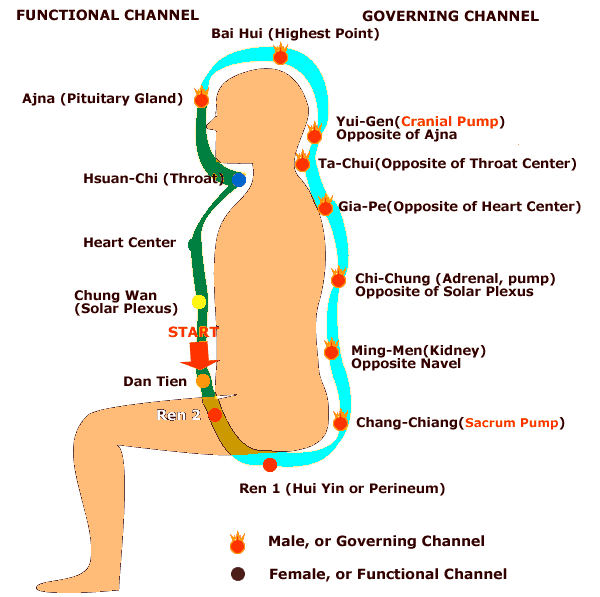
Some red Tantra techniques involve tantric massage as a means to discover the body, remove blockages, heal sexual energy and traumas, and reach a higher level of pleasure.
The methods used in these massages are different though the most common conception of Tantra massage involves a full-body naked massage, which can include genitals (as in the Yoni and Lingam massage).
When practiced by a professional, these techniques can be highly therapeutic, though similar techniques can be used by partners to explore their intimacy and reach full-body orgasms and connect with the divine energy.

Many types of yoga find their source in Tantrism and you will have a hard time if you’re looking for an exact definition of each one of them. We will just mention the main ones and we will try to define them:
- Kundalini Yoga: uses pranayama (breathwork), mudras, eye-focus, mantras, bandhas (energy locks), and asanas to awaken the Kundalini energy, relying mostly on Hatha Yoga
- Tantra Yoga: similar to Kundalini yoga in that it uses the same techniques to awaken the Kundalini energy but includes meditation, visualization, rituals, and prayer.
- Kriya yoga: an ancient meditation technique of energy and breath control, or pranayama and meditation.

Other types of white Tantra meditations focus on the presence of the physical body (and its senses) which is not ignored as in Classic Yoga but is instead celebrated.
“Tandava”, for instance, is a traditional Indian dance that symbolizes the cosmic cycles of creation and destruction, night and day, life and death.
Another popular Tantric meditation is Nyasa, which consists of touching various parts of the body while chanting specific portions of a mantra and can also be integrated with visualization techniques.
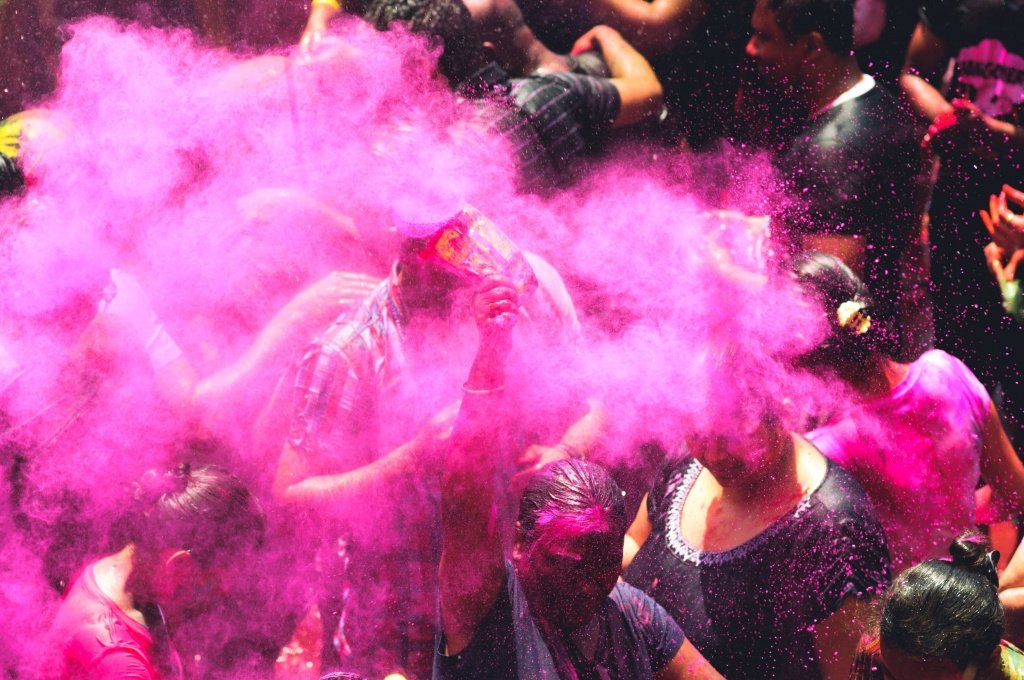
Conclusions
Tantra is a very wide and fascinating subject with many spin-offs originating from ancient Indian knowledge, which also (but not exclusively) involves sexuality as a tool to connect with divine energy.
It can be confusing if you are a squared person looking for precise definitions but it is magic once you get a little grasp of it.
Just let go of your control obsessions and abandon yourself to this world and your life will suddenly become more blissful.

Samma Karuna teaches “Tantra from the Heart” a beautiful technique to connect to yourself and others mindfully and lovingly.
We regard Tantra as a way to celebrate the perfection of the present moment, just as it is, without a goal to reach or a role to take on.
We offer Tantra classes, workshops, retreats, Tantra Teacher Training courses, Biodevelopment classes and Teacher Training courses. Just check the calendar of the upcoming workshops or the Awakening and Healing program below.


